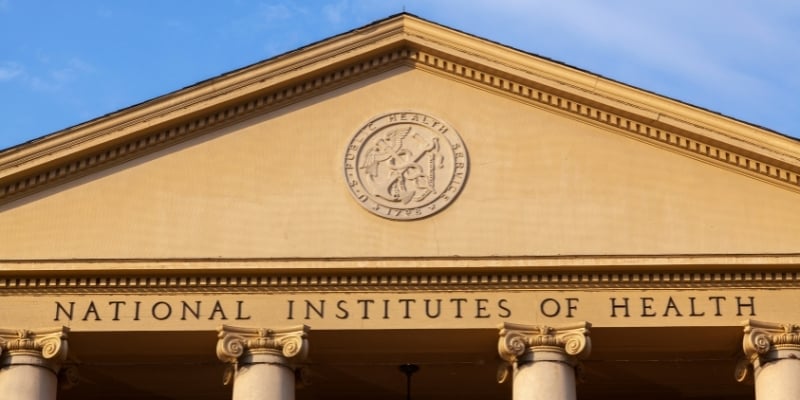Colorado Department of Public Health and Environment (CDPHE) and the Colorado School of Public Health (ColoradoSPH) have released an updated modeling report.
Key findings from the modeling report:
- An estimated 1 of 40 Coloradans are infectious, the highest prevalence to date.
- The effective reproductive number is approximately 1.2, lower than last week but indicating continued growth of the epidemic. Infections are continuing to rise, albeit at a slower rate than last week. Estimated transmission control has increased from 66% to 71% since last week.
- These estimates reflect infections occurring before Thanksgiving and do not yet reflect any impact of Thanksgiving travel or gatherings.
- Over the next two weeks, COVID-19 hospital demand will likely reach or exceed 2,120 beds, including 6,65 ICU beds. Because of increased contacts over Thanksgiving, demand could be greater.
- On the current trajectory, COVID-19 hospital and ICU demand may stay within surge capacity estimates over the next four weeks, even with modest increases in contacts over the Thanksgiving holiday. But further reductions in transmission control, associated with increases in contacts over the holidays could lead to hospital and ICU demand above surge capacity estimates.
ColoradoSPH assembled the expert modeling team, which relies on expertise from modeling scientists at ColoradoSPH and the University of Colorado School of Medicine at the CU Anschutz Medical Campus, as well as experts from the University of Colorado Boulder, the University of Colorado Denver, and Colorado State University. The models produced by the expert group are local, meaning models are based on Colorado data and assumptions apply specifically to Colorado, not national assumptions.
All previous modeling reports are available on the Colorado School of Public Health’s COVID-19 website.
Continue to stay up to date by visiting covid19.colorado.gov.






